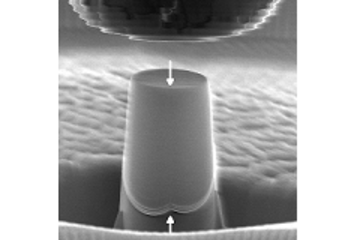All genres
121.
Thesis - PhD
Machine learning methods in data-driven nanostructure analysis of materials. Dissertation, RWTH Aachen University (2021)
122.
Thesis - PhD
Precipitation during Intrinsic Heat Treatment in Laser Additive Manufacturing. Dissertation, RWTH Aachen University (2020)
123.
Thesis - PhD
Damage and Strain Patterning Simulation of Structural Heterogeneity. Dissertation, RWTH Aachen University (2019)
124.
Thesis - PhD
Experimental-theoretical study of the interplay between deformation mechanisms and secondary phases in metastable β titanium alloys. Dissertation, RWTH Aachen, Aachen, Germany (2016)
125.
Thesis - PhD
On the strain hardening mechanisms of a high-Mn lightweight steel. Dissertation, RWTH Aachen, Aachen, Germany (2016)
126.
Thesis - PhD
High Resolution Crystal Plasticity Simulations. Dissertation, Aachen Institute for Advanced Study in Computational Engineering Science (AICES), RWTH Aachen University, Aachen, Germany (2015)
127.
Thesis - PhD
Dynamic correlations and confinement effects in glass forming hard sphere systems. Dissertation, RWTH Aachen, Aachen, Germany (2014)
128.
Thesis - PhD
Molecular Dynamics Studies of Thermodynamical Consistency and Non-locality of Effective Temperature. Dissertation, Aachen Institute for Advanced Study in Computational Engineering Science (AICES), RWTH Aachen University, Aachen, Germany (2014)
129.
Newspaper Article
An artificial neural network for surrogate modeling of stress fields in viscoplastic polycrystalline materials. npj Computational Materials 9 (1), p. 37 (2023)
130.
Preprint
An artificial neural network for surrogate modeling of stress fields in viscoplastic polycrystalline materials. arXiv (2022)











